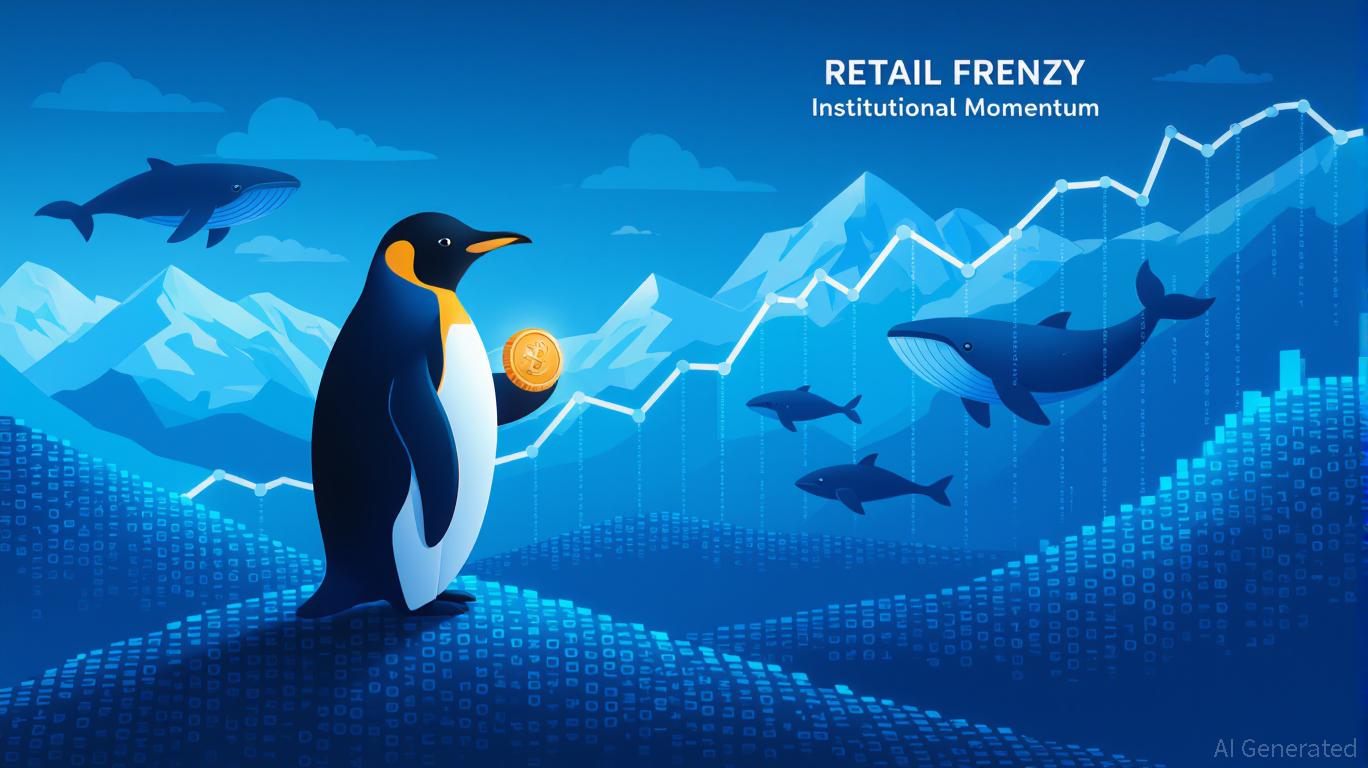Columbia Study Flags High Rate of Wash Trading on Polymarket
Quick Breakdown
- Columbia University researchers found nearly one in four Polymarket trades were wash trades.
- Polymarket is not accused of misconduct, but the platform’s structure may have enabled artificial volume.
- The findings come as prediction markets see record user growth and trading activity across the sector.
A new academic study has raised concerns over trading patterns on popular prediction market platform Polymarket, suggesting that a notable portion of its reported activity may have been artificially inflated through wash trading.
Researchers identify inflated trading volumes
The research , conducted by Columbia Business School professor Yash Kanoria and his team, found that approximately 25% of Polymarket transactions over the past three years were attributed to wash trading—a tactic in which traders buy and sell the same position repeatedly to inflate trading volume numbers.
🚨 NEW PAPER 🚨
Excited to announce this working paper (co-authored with @hongyaoma , @ykanoria , @rajivatbarnard ) looking at the extent of wash trading on @Polymarket
We used all historical trade data from @Polygon blockchain (~70 million trades) and developed a graph-based…
— Allen Sirolly (@allensirolly) November 6, 2025
The analysis revealed varying levels of wash trading, depending on market category: sports markets accounted for 45% of total historical volume, election markets for 17%, politics for 12%, and crypto-related markets for 3%.
While the findings point to widespread artificial activity, the researchers emphasized that Polymarket itself was not directly responsible. Instead, the platform’s market structure may have unintentionally enabled such behaviour.
A Polymarket spokesperson said the company is currently reviewing the research and offered no further public comment.
Growth surges despite manipulation concerns
The study surfaces at a time when Polymarket is experiencing record platform activity and user engagement. In October alone, the platform recorded over 477,000 active traders, representing a nearly 50% increase from September. Total monthly trading volume more than doubled, surpassing $3 billion.
Much of this momentum has been linked to the platform’s upcoming POLY token launch and airdrop campaign, as well as renewed efforts to expand access in the United States following previous regulatory hurdles.
Industry-wide boom in prediction markets
The broader prediction market sector is seeing similar acceleration. Rival platform Kalshi posted $4.4 billion in trading volume in October, underlining a surge in users seeking to speculate on outcomes tied to sports, elections, policy, and cultural events.
The Columbia study now raises an important question for the industry: How much of this growth reflects genuine market participation, and how much is artificially inflated volume?
Take control of your crypto portfolio with MARKETS PRO, DeFi Planet’s suite of analytics tools.”
Disclaimer: The content of this article solely reflects the author's opinion and does not represent the platform in any capacity. This article is not intended to serve as a reference for making investment decisions.
You may also like
Bitcoin News Today: Bitcoin's Unstable Holiday Periods Hide Average Gains of 6%
- Bitcoin's Thanksgiving-to-Christmas performance shows equal odds of rising or falling, with a 6% average seasonal return despite volatility. - Historical extremes include a 50% 2020 rally and 2022's 3.62% drop post-FTX collapse, amid a $2.49-to-$91,600 long-term surge since 2011. - 2025's $91,600 price reflects ongoing recovery from 2024's $95,531 peak, with institutional crypto adoption and macroeconomic factors shaping future trajectories. - Analysts advise dollar-cost averaging for retail investors, w

Australia Strikes a Balance Between Fostering Crypto Innovation and Safeguarding Investors with Updated Regulations
- Australia introduces 2025 Digital Assets Framework Bill to regulate crypto platforms under ASIC, creating "digital asset platform" and "tokenized custody platform" licenses. - The framework mandates custody standards, transparency requirements, and lighter regulations for small operators (<$5k per customer) to balance innovation with investor protection. - Global alignment with UAE and EU crypto regulations is emphasized, while addressing risks from past failures like FTX through stricter enforcement and

PENGU Token's Latest Price Fluctuations and Blockchain Indicators: An Analytical Perspective on Technical Factors and Institutional Activity
- PENGU token's recent volatility and on-chain activity spark debate over institutional involvement in the crypto market. - Technical indicators show conflicting signals: overbought RSI vs. positive MACD/OBV momentum since November 2025. - Whale accumulation and Solana integration suggest strategic buying, while team wallet outflows highlight market uncertainty. - Social media sentiment drives short-term price swings, but structural risks like tokenomics and regulatory ambiguity persist. - Institutional ad

GameStop's Profit Strategy: Short Sellers, Brick-and-Mortar Stores, and Interest Rate Expectations Intersect
- GameStop (GME) shares rose near 52-week lows amid high short interest and retail-driven speculation, with a potential short squeeze looming as open options activity surged. - Institutional investors cut $5.4B in MicroStrategy (MSTR) holdings, linking crypto-focused MSTR to GME's 2021 meme stock dynamics amid MSCI index exclusion risks. - A December Fed rate cut (85% probability) could boost retail spending and speculative appetite, countering bearish positioning despite GME's 21.8% Q3 revenue growth. - A

